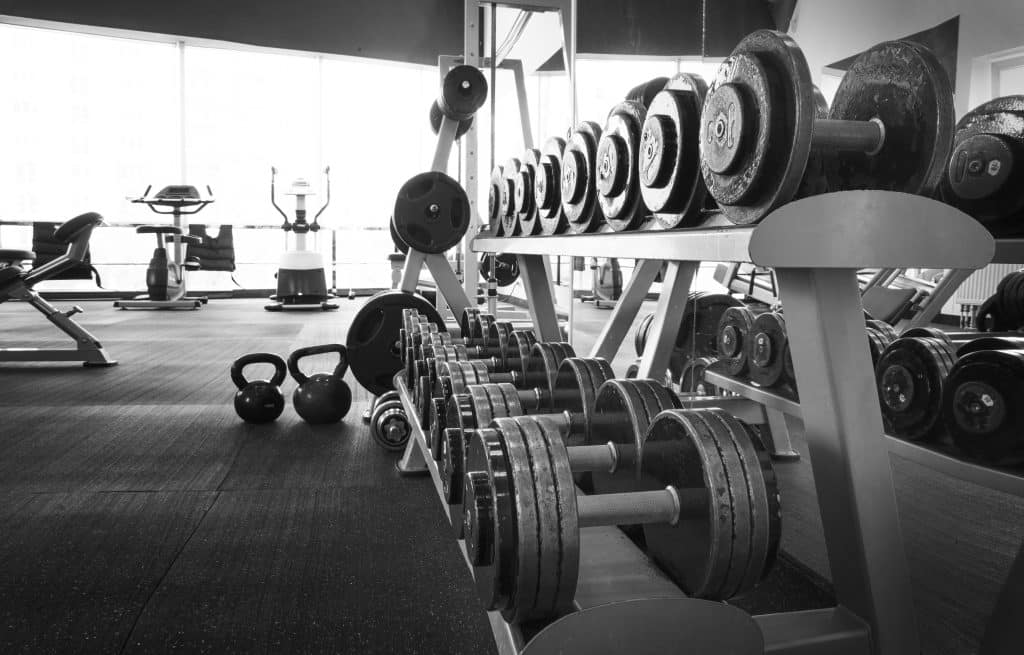While coaching is incredibly rewarding and often the fulfillment of a passion, it also is work. Find out how to keep your passion burning bright.

Prior to starting UESCA, I worked as a personal trainer in NYC for over 20 years. During that time, I performed hundreds, if not thousands of training sessions. While those sessions differed by client, types of exercises, location, etc… the one common theme that they all shared was ‘giving.’
Giver
What I mean by ‘giving’ is that as a trainer, or coach, you’re always ‘giving.’ While you’re giving tangible things such as training programs and verbal information, the most taxing aspect of ‘giving’ is that of your energy. When you work with an athlete, you should be giving 100% of your attention and effort. While this is the case, it doesn’t mean that it doesn’t come with a price to pay. The more athletes you coach, the more true this is.
As an endurance athlete, I’d like to think that I had a lot of endurance and stamina back in the day. However, after working with six or seven clients back-to-back, I’d be spent – mostly mentally. Here’s the thing, as the trainer/coach, you’re the one asking about the athletes’ day/weeks, you’re the one processing what training sessions to program for them, you’re the one that listens to their life stories, you’re the recipient of a ton of questions… see what I’m getting at?
As I mentioned earlier, this is normal and how it should be. However, in this sort of ‘relationship,’ the coach is almost exclusively the giver and the athlete is therefore, the ‘taker.’
Not What It Appears
One of my good friends asked me once what I did as a trainer, as he assumed that I worked out with my clients. When I told him that I didn’t work out with them, he joked that I had the easiest job in the world as all I had to do was just stand there, count reps and occasionally lift a dumbbell to put back on the rack.
To the casual observer, my friend was right – there isn’t a lot of physical exertion involved and I more or less stood there counting reps.
To the informed observer, I was very watchful of their form, providing verbal and physical cues, determining what exercises and rep/set ranges to have them perform and listen attentively to them about whatever they wanted to talk about.
The net result of this was that after ‘giving’ for multiple sessions in a row, I found myself mentally exhausted, which often translated to physical exhaustion.
Join Another Gym

The gym that I worked at when I first moved to NYC was called the Reebok Sports Club/NY. At that time, it was one of the biggest (160K sq/ft) and most exclusive gyms in the whole city. It was insanely expensive to join, and thus attracted a specific clientele of high net worth individuals and celebrities. It was the sort of gym that everyone wanted to join, and every trainer wanted to work at.
So, I was a bit taken back after a few weeks of working there when a more senior trainer told me that I should join a gym. Huh? This made no sense to me as I could work out for free at arguably the best gym in NYC. And seeing as how my disposable income was in the single digits after spending most all of my income on rent for my 1sq/ft apartment, this made even less sense.
“Let me give you a tip,” the senior trainer said. “Before now, you’ve gone to the gym for a workout and to have fun. Well, now this place is your workplace.” He continued, “If you don’t join another gym, trust me, you’ll burn out and you won’t be able to get in a workout without someone interrupting you. So, trust me, do something for yourself and get a membership at another gym.”
Of course, I didn’t listen to him and about three months down the road of working from basically 6am – 6pm, I was totally burned out.
New York Sports Club here I come!
Physiology or Psychology?

One of the things that I (and every trainer I worked with) noticed was that after a few sessions of working with most people, a friendship of sorts would develop and evolve. I suppose this is a natural course of action as you’re spending an hour one-on-one with a person, multiple times per week.
As I often spent more uninterrupted one-on-one time with some of the clients than they spent with their significant other on a weekly basis, the conversations would naturally drift from rep ranges to the client’s family and work issues, among other topics.
I always said that as a trainer, I was sort of like a hair stylist in that while I knew the client pretty well, I didn’t run with their circle of friends, I wasn’t a colleague, and I wasn’t a family member. As such, they felt like they could tell me anything because they knew that I wasn’t associated with anyone else they knew and therefore, there was safety in that.
The longer I worked as a trainer and had long-standing clients versus new ones, this sort of dynamic became the norm.
A lot of trainers joke that personal trainers would have been better served with a degree in psychology than one in physiology!
All joking aside, being a therapist, and an unqualified one at that, was very taxing from a mental point of view. All day, every day, you’re absorbing the emotions of your clients while getting nothing in return (aside from financial compensation). This one-sided relationship can, and does lead to burnout.
Seeking Balance

Clearly, I lacked balance in my life – as noted above. Even though I joined another gym as the senior trainer suggested, I found myself hating going there. Just being in a gym, any gym, made me hate it. Luckily, I still liked riding my bike and that became a good outlet for me to get some exercise and destress without any outside interruptions.
I also created boundaries both in terms of what was discussed in training sessions, as well as when and how often I would work with clients. This is most applicable to coaches who are building their coaching practice. While it’s easy to simply equate more athletes with more money, you must appreciate two key factors:
- You should provide 5-star level focus and attention to each athlete. This is not possible when you have too large of an athlete roster.
- Overextending yourself can easily tip the scale toward burnout and discontentment.
It took me several years to get to the point where I created and maintained boundaries, both in terms of the number of clients I had, as with what topics I discussed with them. However, once I did, I found myself starting to enjoy both working, and working out again.
Summary
Whether you’re coaching runners, cyclists, triathletes, etc… remotely or in-person, it’s important to appreciate that in your role, you’re the giver and while that is what it is, you must maintain a sense of balance in your professional (and personal) life.
- Don’t like taking athlete calls on the weekend? Don’t.
- Have an athlete that always complains and makes you miserable? Fire them.
- Overwhelmed with athletes and have no personal time? Reduce your client list.
Manage your endurance coaching business, don’t let it manage you.









Such a great article!
Thanks Rick.
You succinctly described the biggest load on a coach/trainer. Consider adding this to the end of every certification as it is what it will be like when they get started. In order to coach around and in their life, we need to understand their life. Life is messy…
Some clients bring you all the way in and others are ghosts. The ghosts are both hard and easy – they take little of your time but you are throwing darts at a dartboard. Welcome to “middle management”. 😁